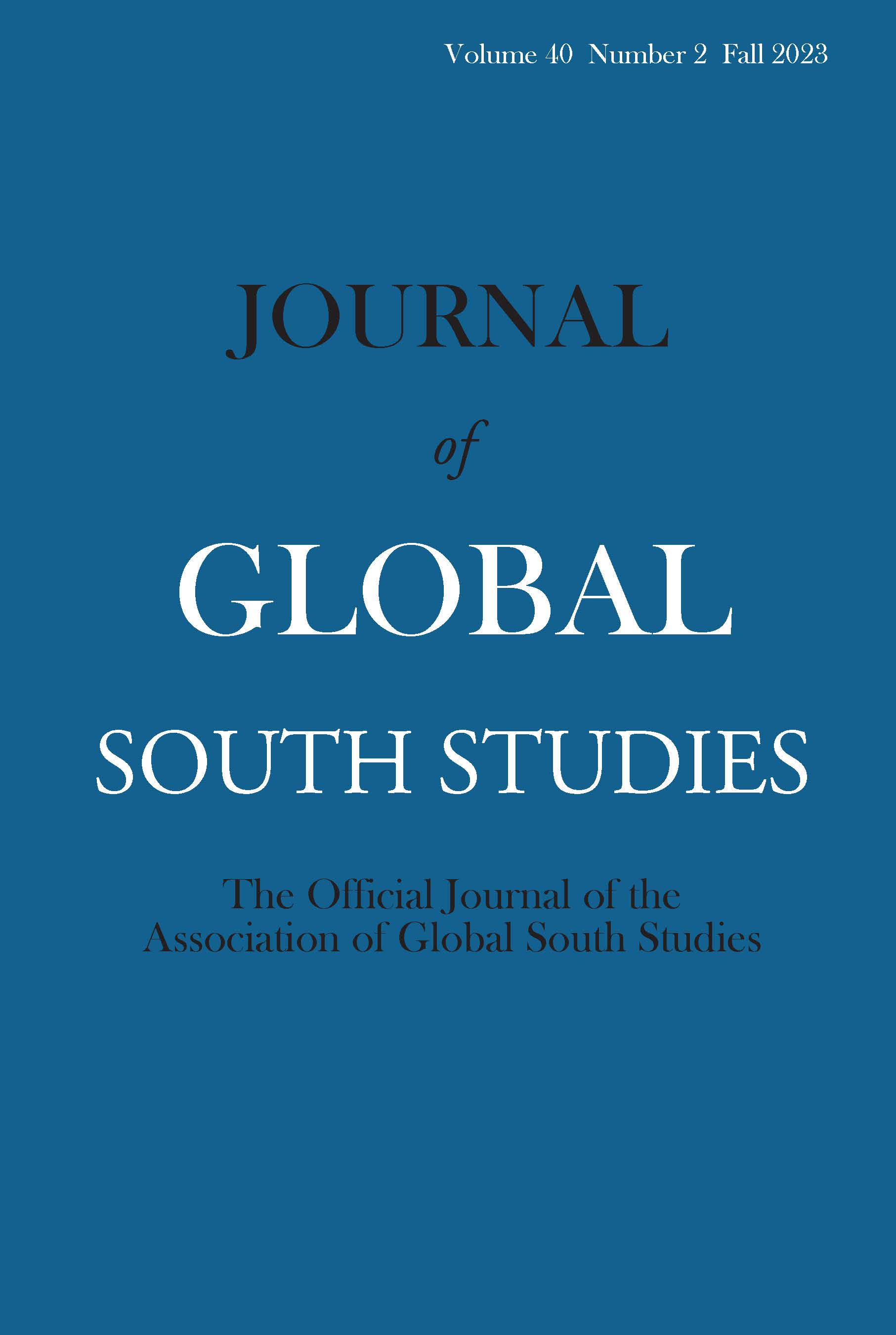Categorization of Foreign Aid Donors A Critical Review of the Criteria in Light of China's Reemergence as a Donor
Main Article Content
Abstract
Over the past several decades, the dichotomy between traditional and emerging donors has been based upon the notion that emerging donors (such as China) support
authoritarian regimes and use foreign aid to pursue their economic interests at the expense of the poor in the recipient countries. Accordingly, Western donors, media,
and scholars portray Chinese aid as non-poverty-focused. This study aims to review and analyze whether the dichotomy between traditional and emerging donors is still relevant in the current aid system and to propose a new and rigorous criterion for recategorizing donors. In terms of methodology, this study relies on secondary data, including scholarly works on traditional and emerging donors and foreign aid policy documents. Conclusions based on the research indicate that the divide between traditional donors and (re)emerging donors is becoming more ambiguous. The literature review indicates that the two donors’ aids had a mixed impact and that their approaches were similar. This paper highlights the importance of developing different recategorization criteria depending on the impact of aid.

